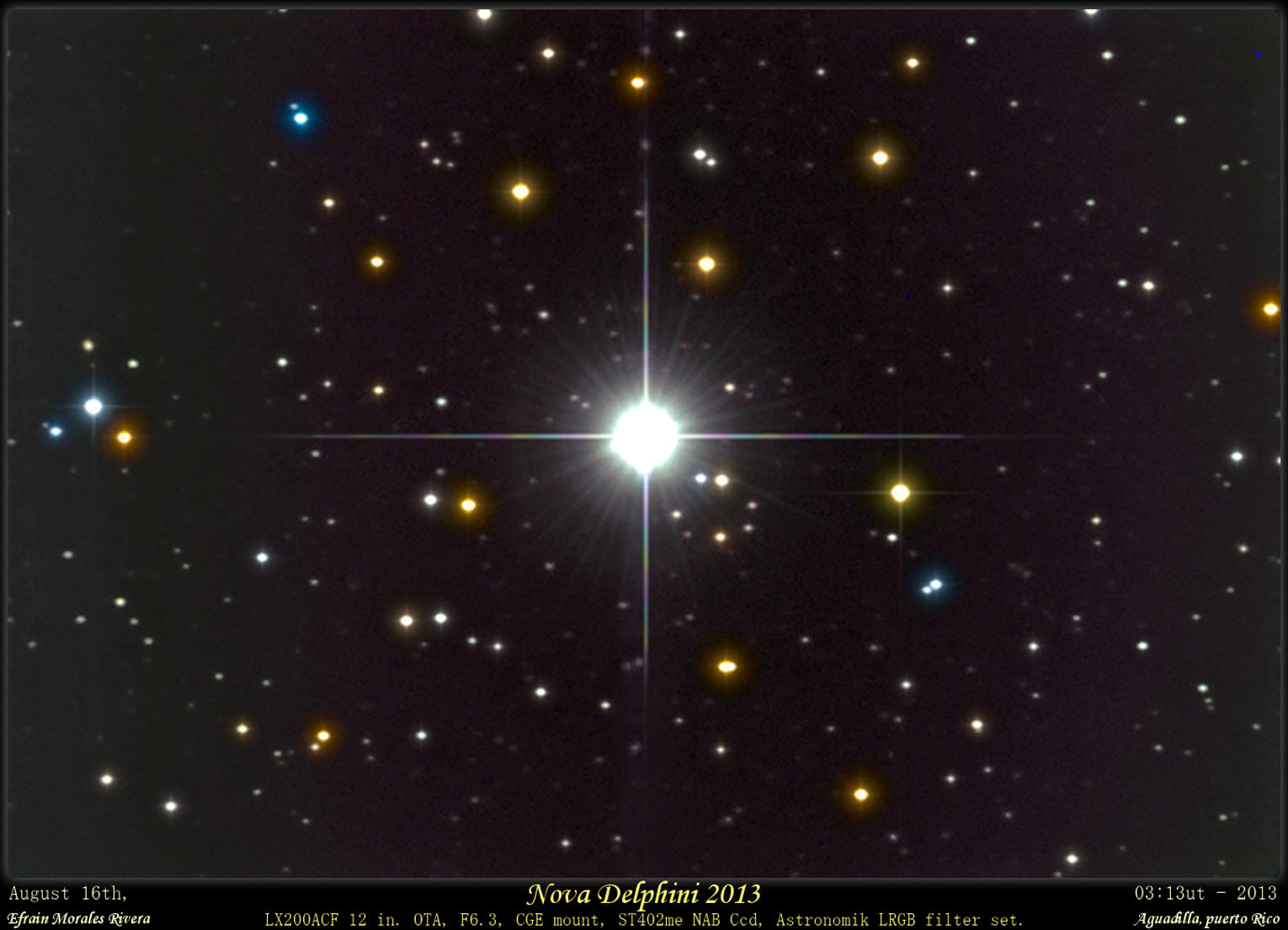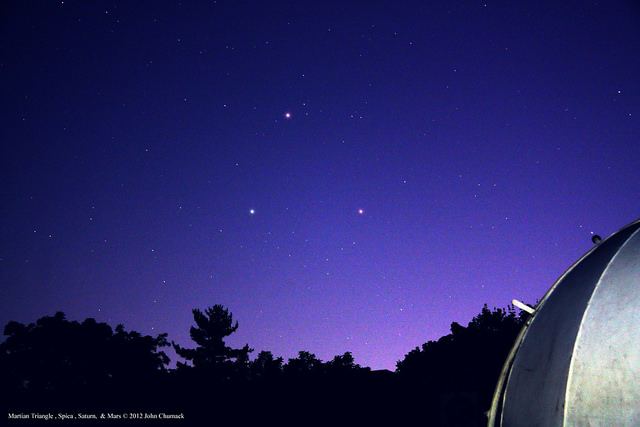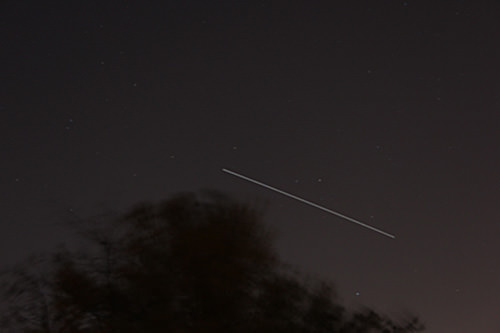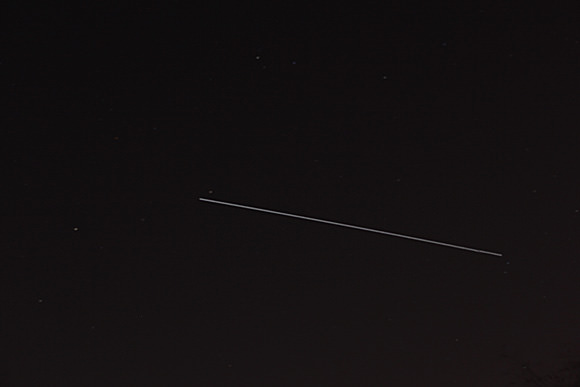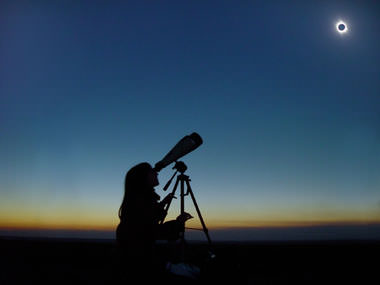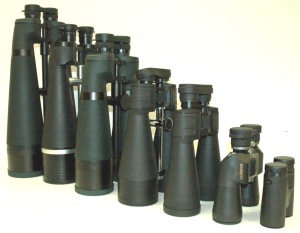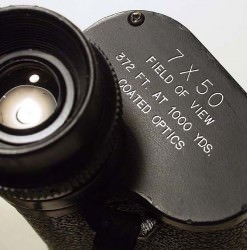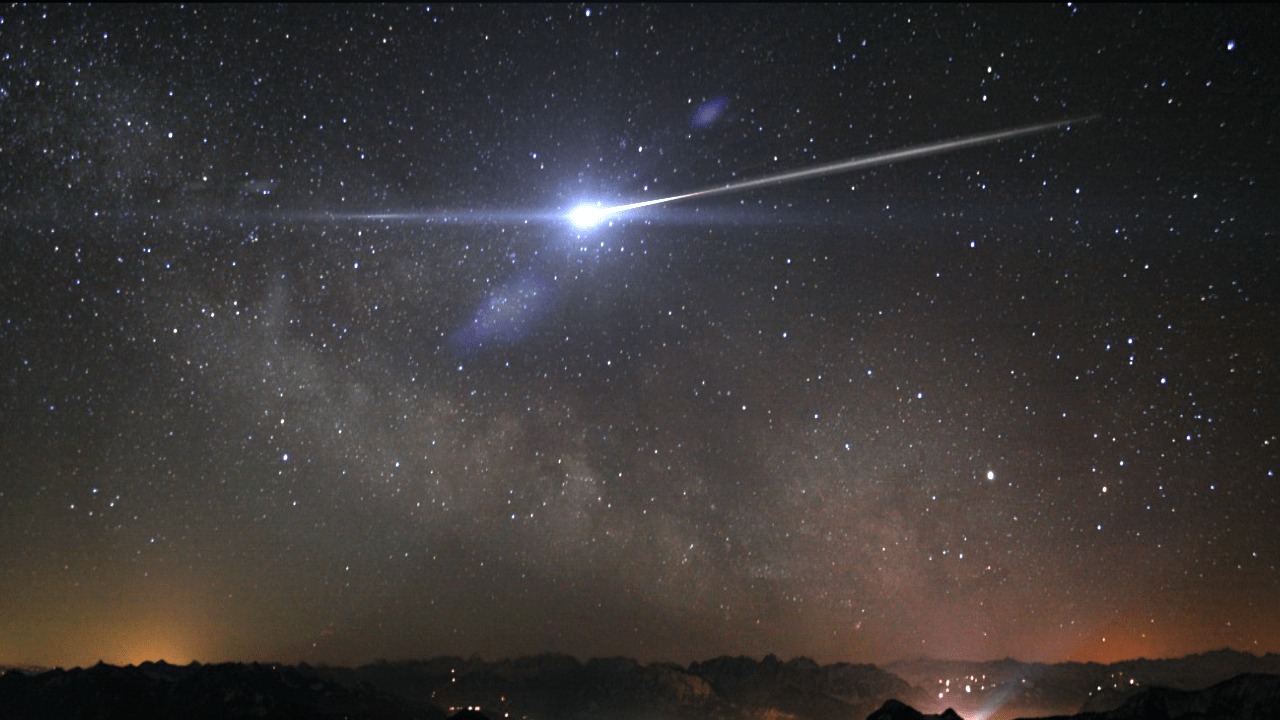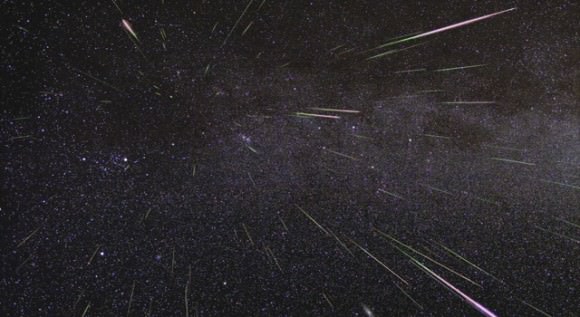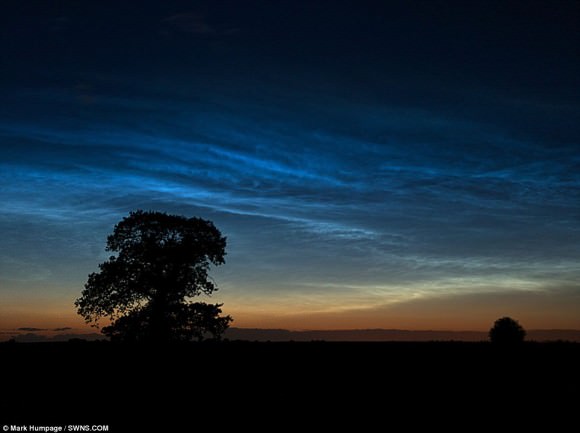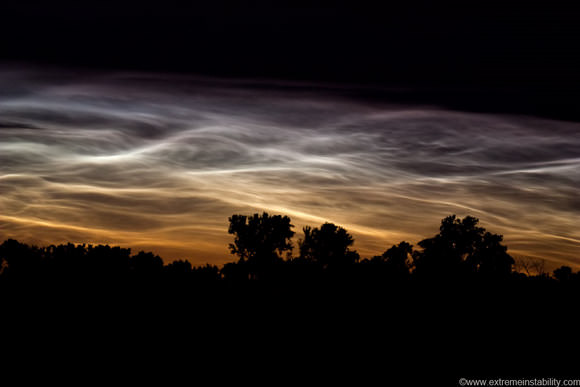Since showing itself on August 14, 2013, a bright nova in the constellation Delphinus — now officially named Nova Delphini 2013 — has brightened even more. As of this writing, the nova is at magnitude 4.4 to 4.5, meaning that for the first time in years, there is a nova visible to the naked eye — if you have a dark enough sky. Even better, use binoculars or a telescope to see this “new star” in the sky.
The nova was discovered by Japanese amateur astronomer Koichi Itagak. When first spotted, it was at about magnitude 6, but has since brightened. Here’s the light curve of the nova from the AAVSO (American Association of Variable Star Observers) and they’ve also provided a binocular sequence chart, too.
How and where to see the new nova? Below is a great graphic showing exactly where to look in the sky. Additionally, we’ve got some great shots from Universe Today readers around the world who have managed to capture stunning shots of Nova Delpini 2013. You can see more graphics and more about the discovery of the nova on our original ‘breaking news’ article by Bob King.
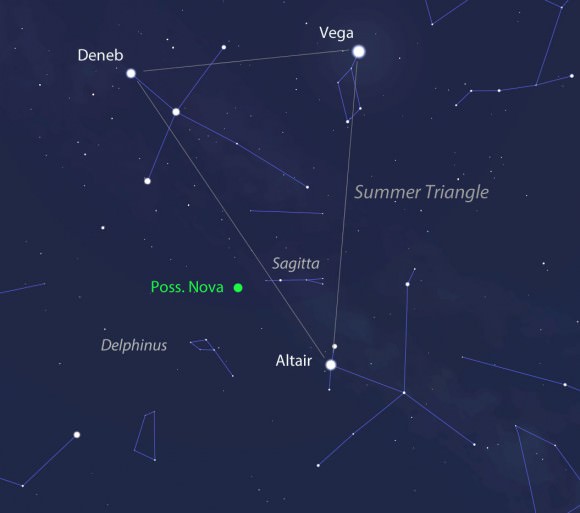
If you aren’t able to see the nova for yourself, there are a few online observing options:
The Virtual Star Party team, led by UT’s publisher Fraser Cain, will try to get a view during the next VSP, at Sunday night on Google+ — usually at this time of year, about 10 pm EDT/0200 UTC on Monday mornings. If you’d like a notification for when it’s happening, make sure you subscribe to the Universe Today channel on YouTube.
The Virtual Telescope Project, based in Italy, will have an online observing session on August 19, 2013 at 20:00 UTC, and you can join astronomer Gianluca Masi at this link.
The Slooh online telescope had an observing session yesterday (which you can see here), and we’ll post an update if they plan any additional viewing sessions.
There’s no way to predict if the nova will remain bright for a few days more, and unfortunately the Moon is getting brighter and bigger in the sky (it will be full on August 20), so take the opportunity this weekend if you can to try and see the new nova.
Now, enjoy more images from Universe Today readers:
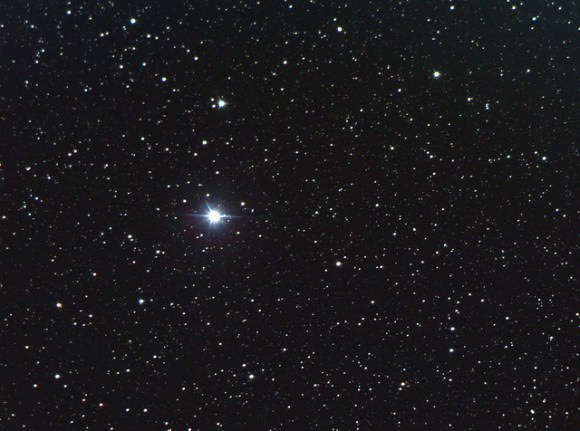
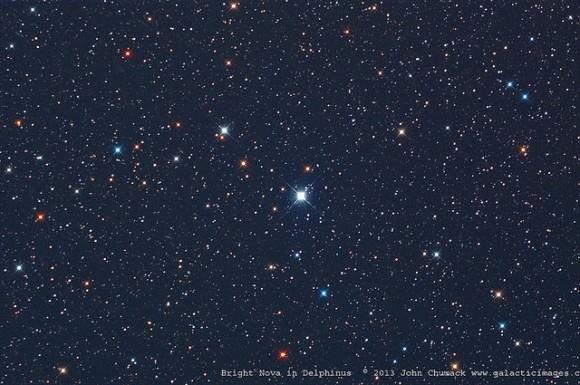
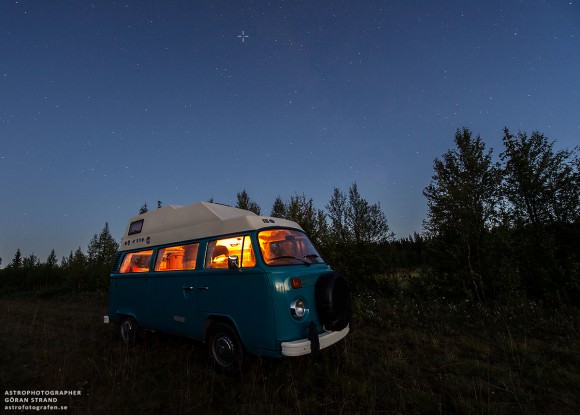
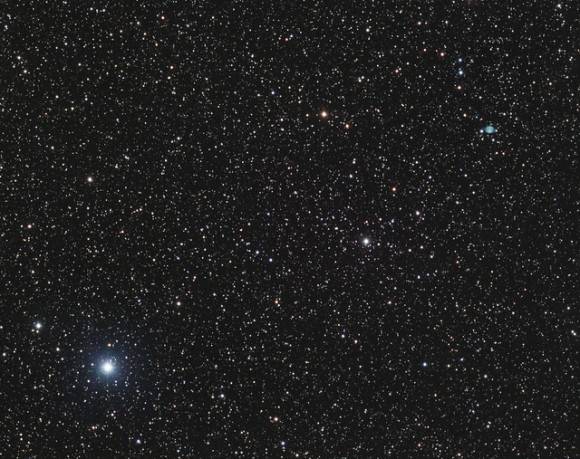
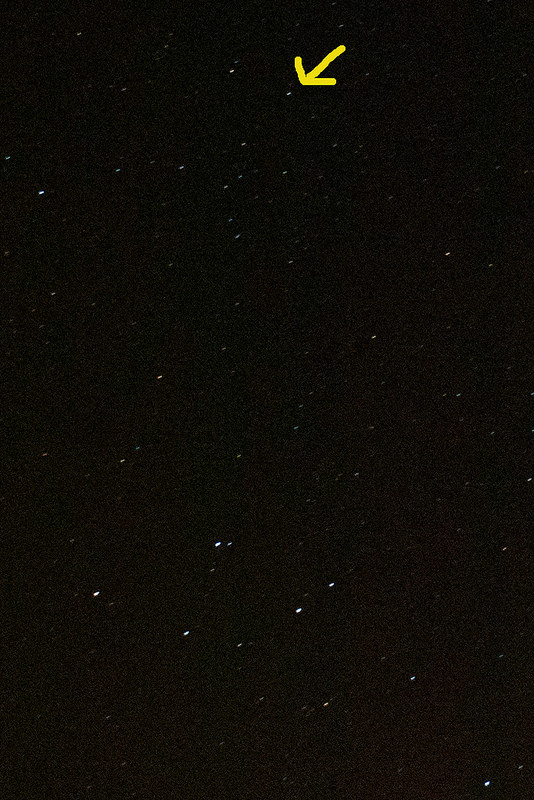
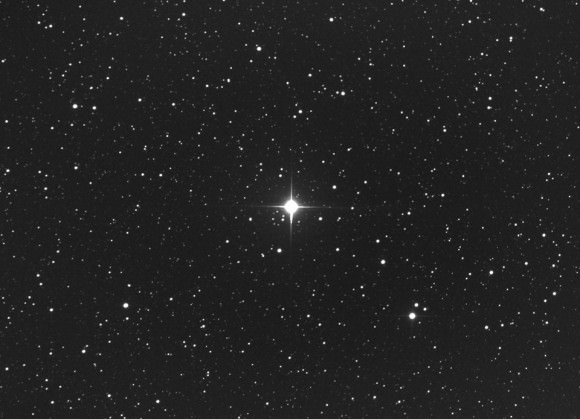
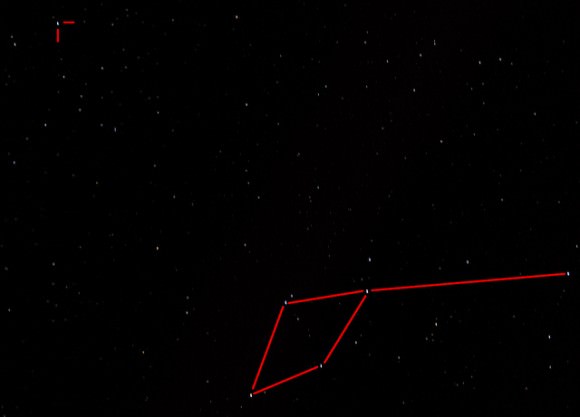
Ralf Vandebergh shared this video he was able to capture on his 10-year-old hand-held video camera to “demonstration of the brightness of the nova and what is possible with even 10 year old technique from hand.”

